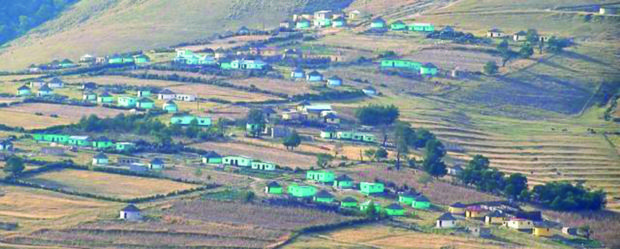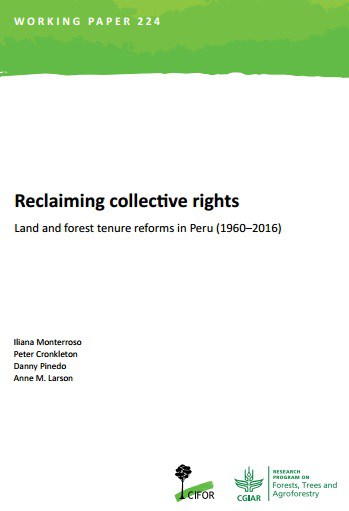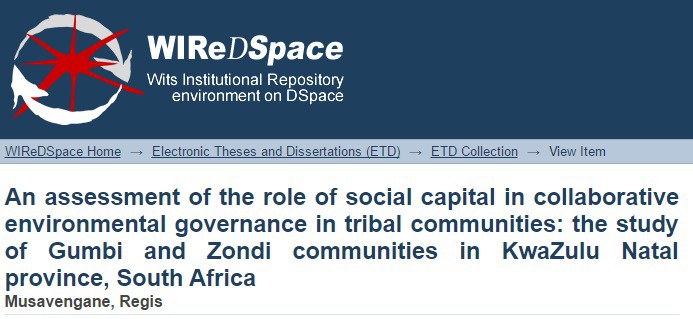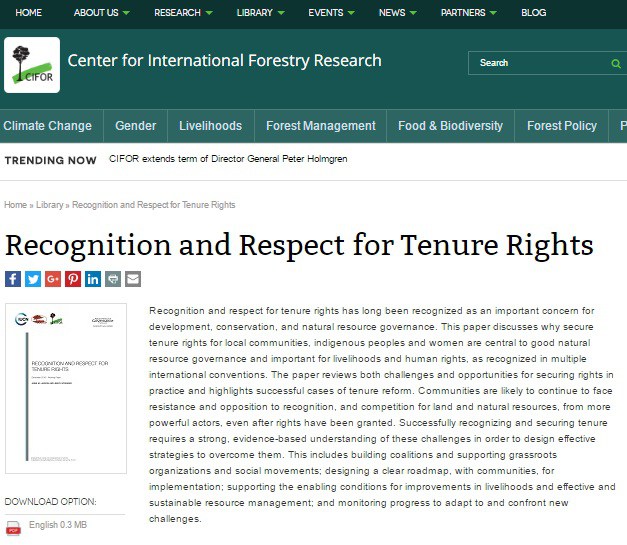Land rights: What people want
In South Africa, policies of separate development and restrictions placed on capital expenditure imposed on the lands occupied by the indigenous people during the colonial era prevented the state from implementing the cadastre in the communal areas of the country. The status quo persists to this day, which has resulted in a dual system that promoted investment in areas where private property rights were permitted, but relegated the traditional communities into poverty and disinvestment





